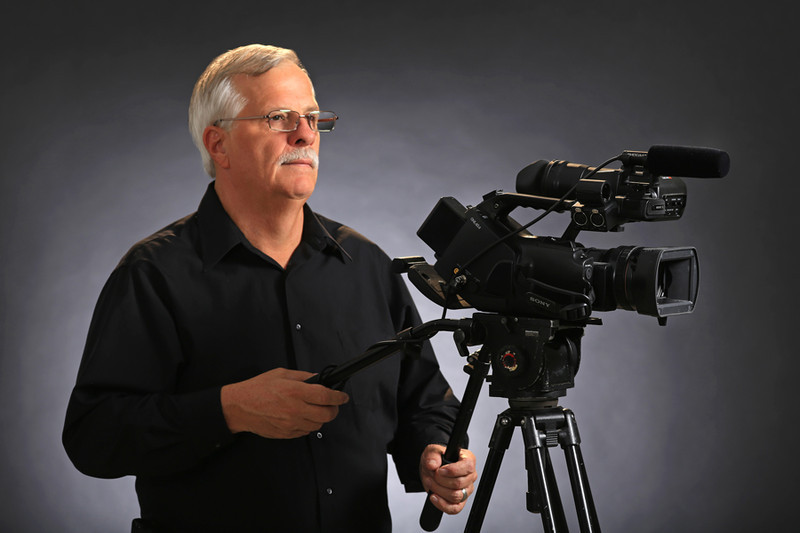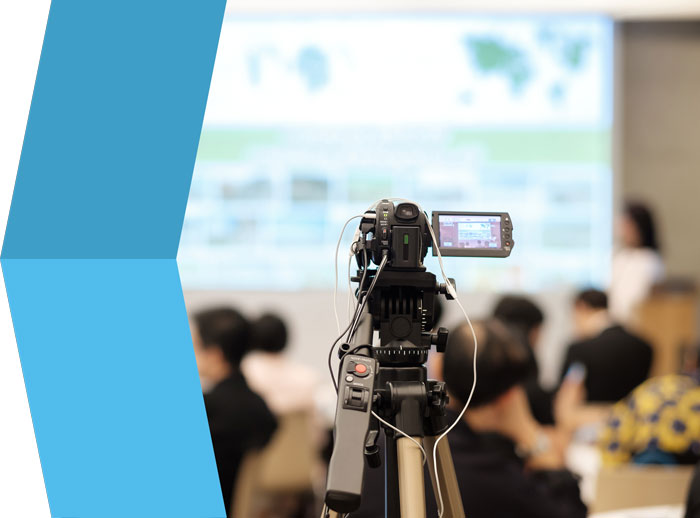How Legal Videography Can Make or Break Your Legal Technique
How Legal Videography Can Make or Break Your Legal Technique
Blog Article
Exploring the Devices of Legal Videography: Introduction Its Operation in Shielding Authentic Visual Statement for Judicial Procedures
In the world of judicial process, the duty of lawful videography stands as a keystone in maintaining and offering aesthetic proof. As technology remains to advancement, the systems behind legal videography have actually come to be significantly detailed, supplying a crucial layer of credibility to testimonies recorded on video clip. By diving right into the functional details of lawful videography, one can reveal the precise processes that guard the honesty of aesthetic evidence offered in courtrooms - Legal Videography. This expedition not just clarifies the historic development of legal videography yet likewise hints at the future patterns that might better transform how aesthetic testimonies are promoted in the world of justice.
Historic Advancement of Legal Videography
Taking a look at the historic progression of lawful videography reveals a considerable improvement in the recording and discussion of visual evidence within the lawful landscape. In the past, legal proceedings greatly relied on written transcripts and pictures to record occasions and supply evidence. With the development of video modern technology, the legal market experienced a paradigm shift in how aesthetic testimony was caught and provided.
The advancement of legal videography can be mapped back to the late 20th century when improvements in video recording tools made it extra available for use in court rooms. This technological advancement not only boosted the precision and reliability of aesthetic evidence but likewise reinvented the method situations existed to discretionary (Legal Videography). Lawyers began to recognize the persuasive power of video clip recordings in sharing feelings, subtleties, and non-verbal hints that composed transcripts or photographs alone might not catch efficiently

Innovation Developments in Video Documentation
What essential technological advancements have revolutionized video clip documents in the lawful field? The legal area has actually seen considerable developments in video documents modern technology that have actually improved the authenticity and integrity of aesthetic evidence in judicial proceedings. Among the crucial improvements is high-definition (HD) video clip recording abilities, which supply crystal-clear images and sharp information that are critical for precisely catching testaments, faces, and other visual hints. Furthermore, the integration of timestamping and metadata attributes in video documentation devices has made it possible for exact documentation of when and where the video clip was taped, guaranteeing the stability of the evidence presented in court.
Furthermore, improvements in video clip file encryption and watermarking technologies have actually bolstered the protection and tamper-proof nature of video evidence, guarding it against unauthorized modifications or meddling. The arrival of cloud storage space solutions and remote gain access to abilities has structured the storage space, access, and sharing of video clip proof, facilitating seamless collaboration among lawful experts and ensuring effective access to important visual statements when required. These technical improvements in video clip documents view have actually undoubtedly resource revolutionized the legal field, boosting the precision, credibility, and admissibility of visual proof in judicial process.
Duty of Lawful Videographers in Court Room Setups
The evolution of video documents innovation in the legal area has actually required an important role for lawful videographers in court settings, making certain the stability and dependability of visual testaments provided during judicial process. Legal videographers play a fundamental duty in catching and preserving exact visual proof that can be essential in lawsuit. Their responsibility prolongs to establishing tools, recording process, and creating high-grade videos that properly reflect the occasions in the courtroom.
In court room settings, lawful videographers should comply with strict standards and standards to preserve the credibility of the visual document. They must have an eager eye for detail and a thorough understanding of legal procedures to guarantee that the footage they record is a true depiction of the occasions that transpired. In addition, legal videographers commonly function closely with legal groups to ensure that the video proof straightens with the case's demands and can be effectively presented in court to sustain the lawful arguments being made. In general, the function of lawful videographers in court room settings is crucial in maintaining the concepts of justice and making certain the transparency of legal procedures.

Ensuring Admissibility and Stability of Video Clip Evidence
To preserve the credibility of visual proof offered useful source in legal procedures, making sure the admissibility and integrity of video evidence is an essential responsibility for legal videographers. Admissibility describes the approval of proof by the court, and for video evidence to be permissible, it must satisfy certain standards. Legal videographers play a vital duty in guaranteeing that the videos they catch follow the regulations of evidence, such as relevance, authenticity, and dependability.
Honesty of video clip proof entails keeping the creativity and precision of the video footage from the time it is taped up until it exists in court. This includes securely storing the video clip documents, recording the chain of protection, and protecting against any kind of meddling or modifications. Legal videographers should stick to rigorous methods to ensure the stability of the video proof and stop any type of difficulties to its authenticity.
Future Trends in Legal Videography
Given the enhancing dependence on modern technology in lawful proceedings, lawful videographers are positioned to accept innovative innovations forming the future of visual testament capture and discussion. One of the prominent fads coming up is the integration of digital truth (VIRTUAL REALITY) and increased fact (AR) modern technologies into lawful videography. These innovations have the prospective to revolutionize just how visual proof is provided in courtrooms, permitting judges and courts to immerse themselves in the scene of the criminal offense or incident.
Moreover, making use of fabricated knowledge (AI) formulas for video analysis is anticipated to improve the procedure of evaluating and assessing big quantities of video footage. AI can help in identifying crucial minutes, anomalies, and patterns within video clips, enhancing the effectiveness of lawful investigations.

Conclusion
Finally, legal videography has actually played an essential duty in offering genuine visual proof for judicial proceedings. With technical improvements and the competence of legal videographers, the stability and admissibility of video clip evidence are made sure in courtroom setups. As legal videography proceeds to advance, it will be necessary to maintain standards that preserve the precision and reliability of visual testament for the future of legal procedures.
Checking out the historical development of lawful videography reveals a considerable makeover in the capturing and presentation of aesthetic proof within the legal landscape.The evolution of video documents technology in the legal field has demanded a crucial role for legal videographers in court setups, ensuring the integrity and dependability of aesthetic testaments offered during judicial procedures. Furthermore, lawful videographers often work closely with legal teams to make sure that the video clip evidence lines up with the situation's demands and can be properly offered in court to sustain the lawful debates being made.To keep the reliability of visual evidence presented in legal proceedings, ensuring the admissibility and honesty of video clip evidence is a critical duty for legal videographers. As lawful videography continues to develop, it will be important to support standards that maintain the precision and integrity of aesthetic statement for the future of legal proceedings.
Report this page